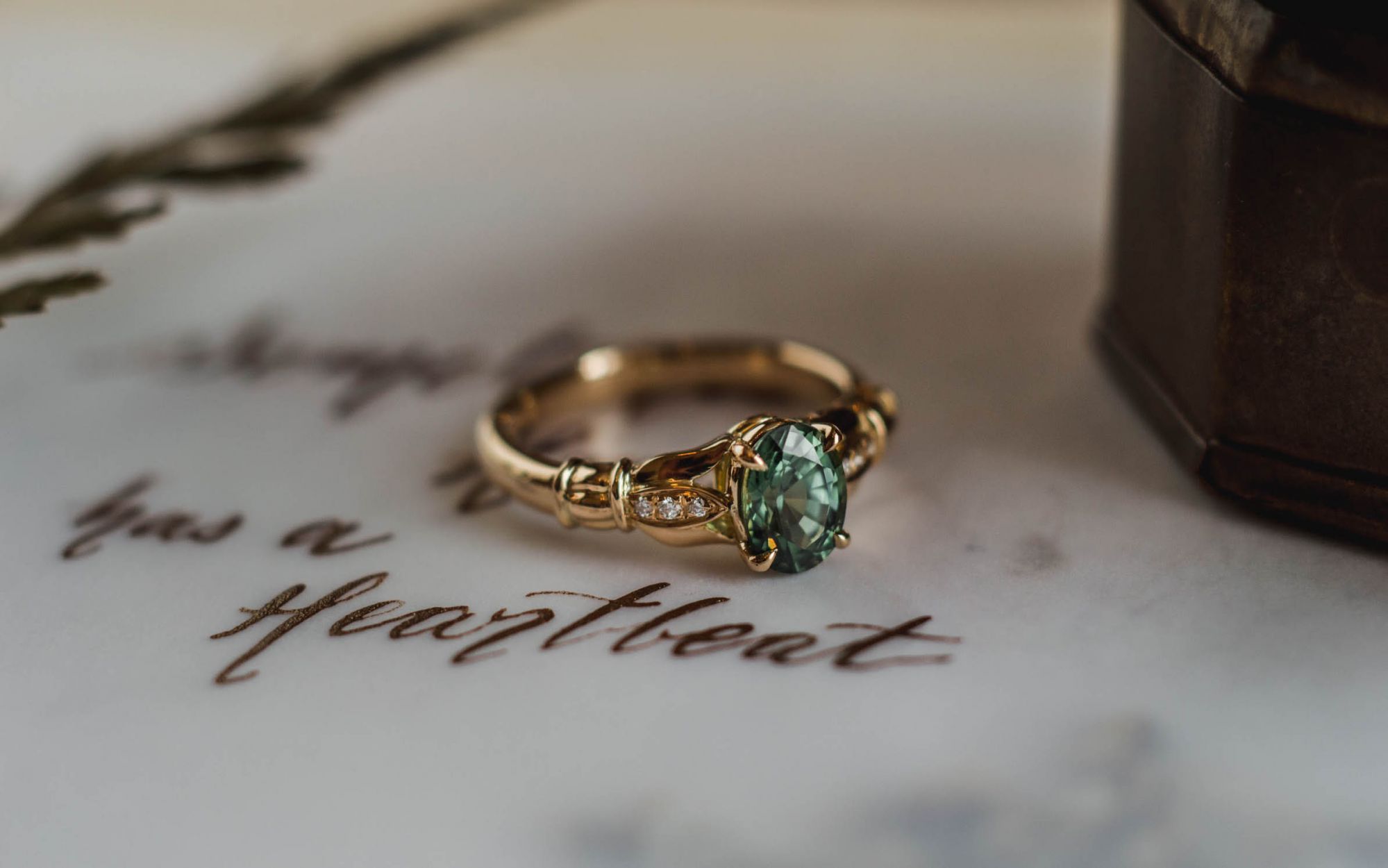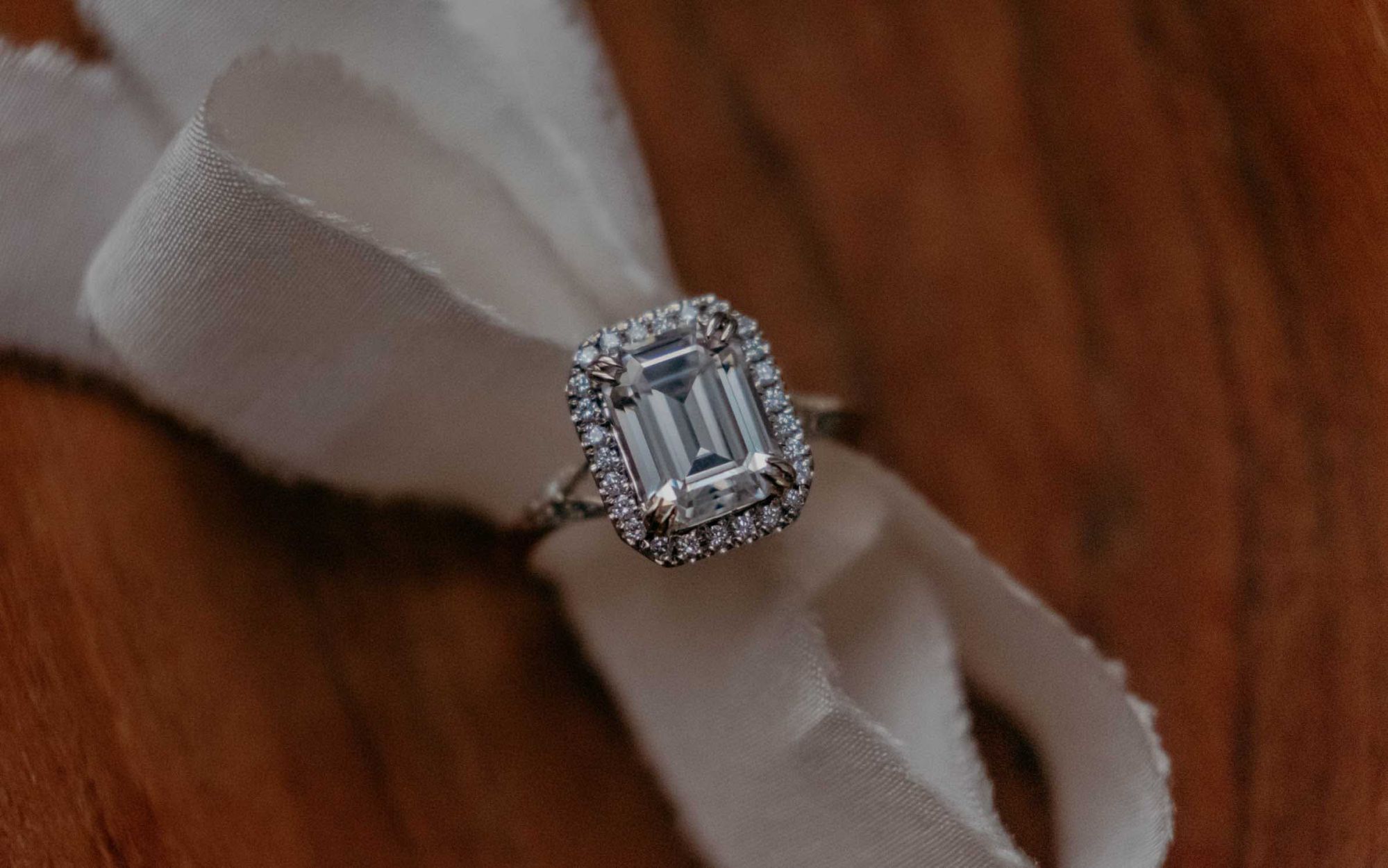When it comes to the fine jewellery industry, how does one get a foot in the door?
Eileen Phoan: Jewellery making was originally a means to support our studies and our creative outlet. As we got more invested in our hobby, we both realised that we wanted to transform our artisanal jewellery line into a fine jewellery business. We had to change, reinvest and equip ourselves with the necessary skill sets, and therefore attended the Bangkok Gems and Jewellery Fair.
Did you have mentors who took you under your wing?
EP: Along the way we met industry personnel who coached us to identify gemstones with a critical eye and to navigate the ins and outs of the trade.
See also: Highlights From Habib Gem Festival 2020








